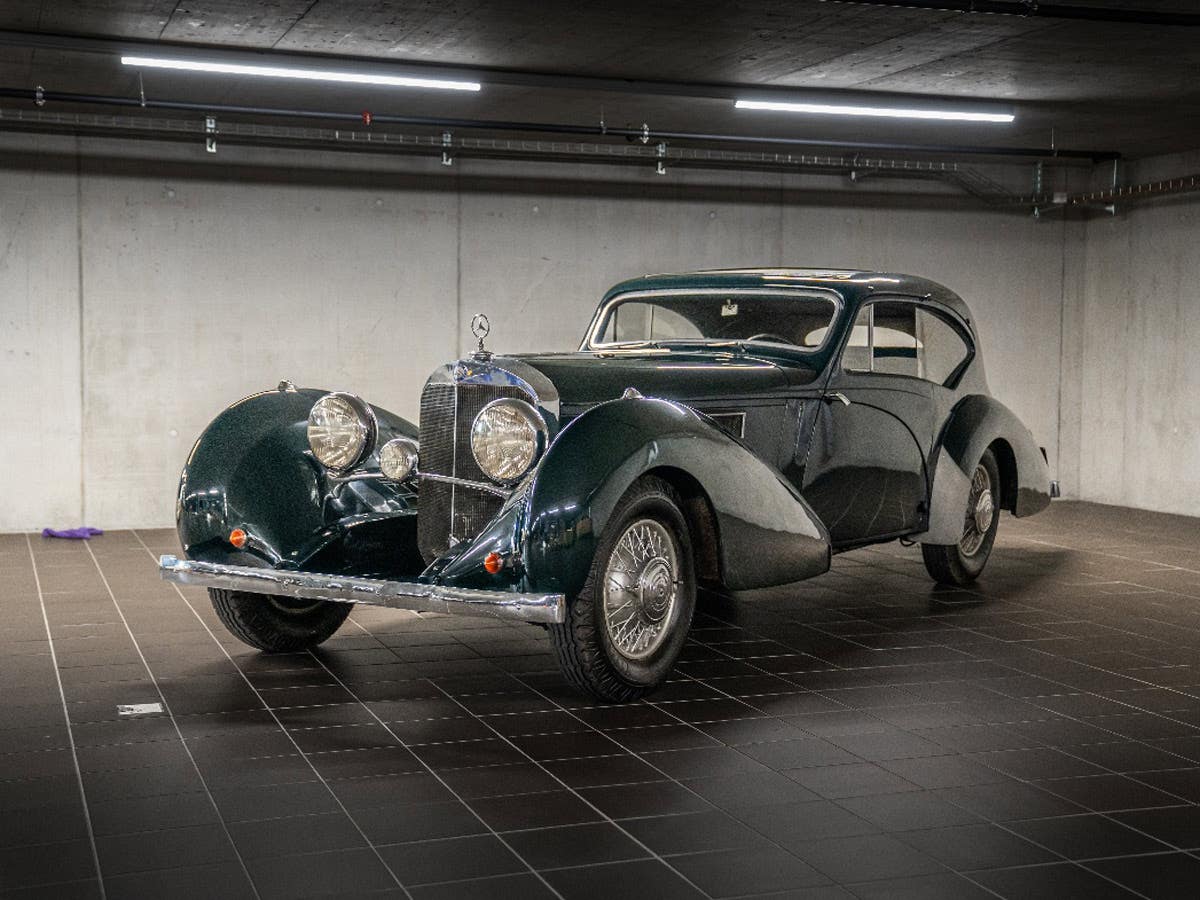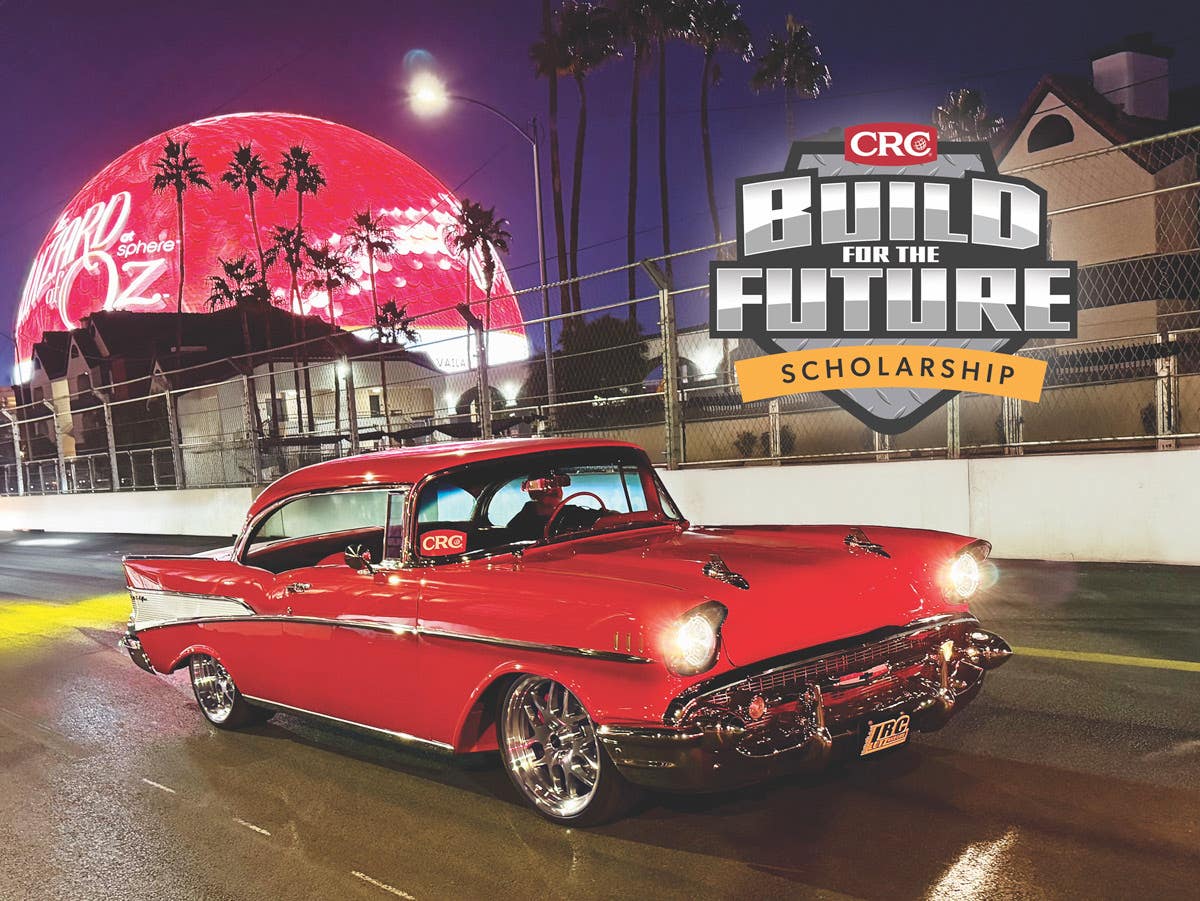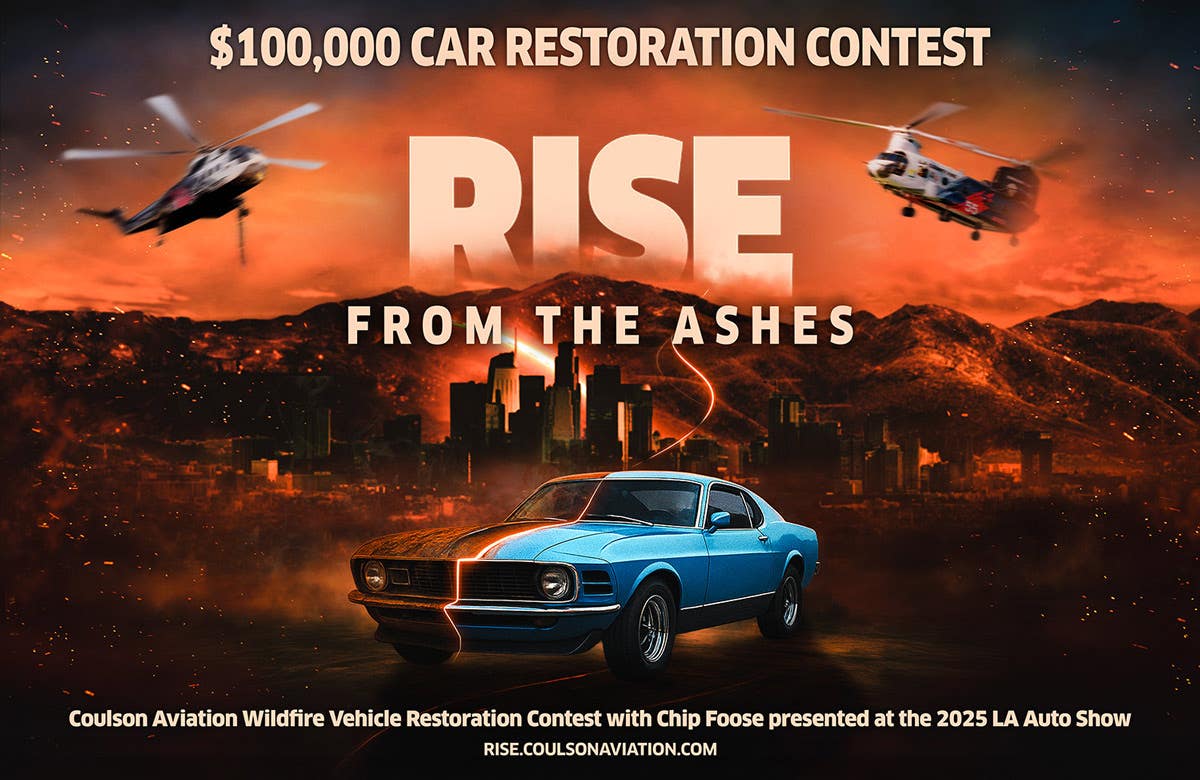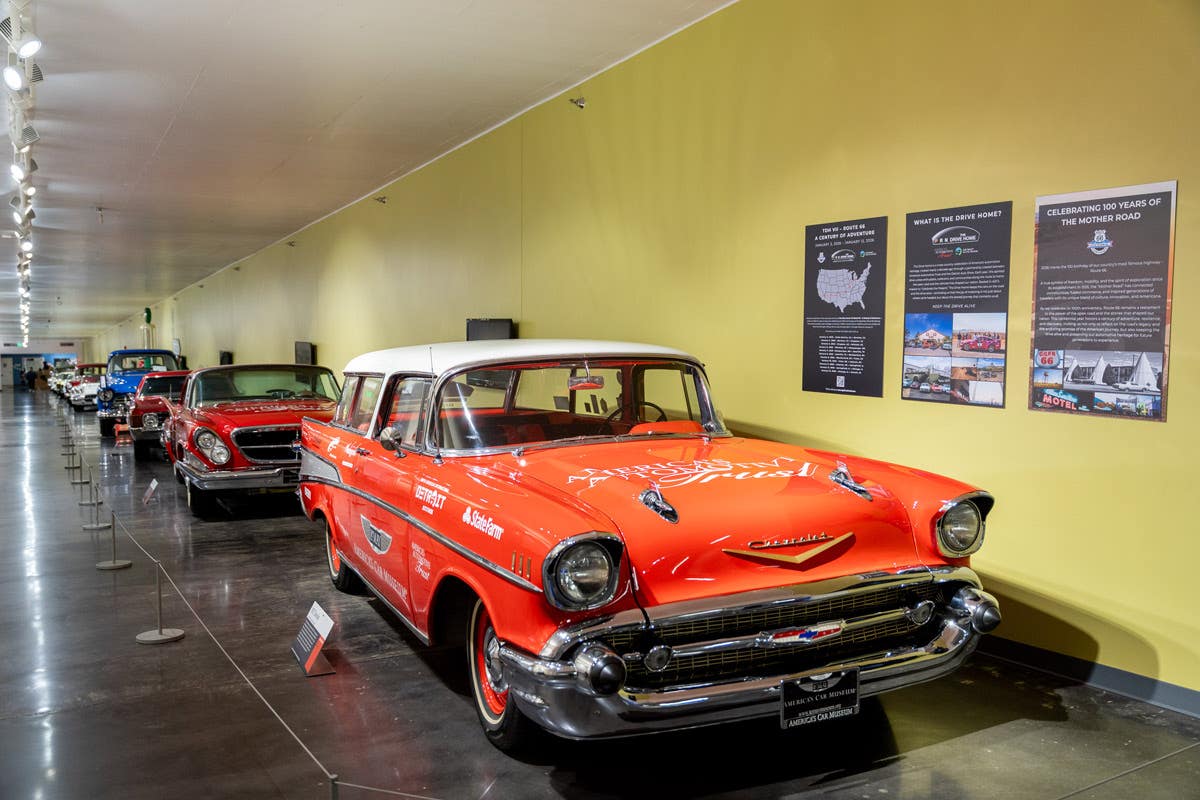What’s hot in hot rodding
By Angelo Van Bogart The world of hot rods and customs pulses with variety in style, choice of power, accessories and anything else that can be done to personalize a…
By Angelo Van Bogart
The world of hot rods and customs pulses with variety in style, choice of power, accessories and anything else that can be done to personalize a four-wheeled conveyance. The very nature of that variety exposes hot rodding to change, and according to several experts, the economy has changed the way many people are choosing to build and buy their hot rods. Old Cars Weekly spoke with hot rod experts, including builders and sellers, to report the trends among hot rods and their owners heading into 2012. Here’s what they had to say:
What’s not hot
Rat rods aren’t dead, and neither is billet trim, but there’s a lot less of both at Saturday night cruises.
“Billet isn’t dead, but it’s a different group of people that want it,” said Tom Fritz, owner of Customs Classics & Rods in Elk River, Minn. “It’s slowing down because of price. It’s no different than when we had the monochromatic period. It started as a revolt against paying for re-chroming, then the market saturated and people got sick of it.”
Roger Rickey of Roger’s Rod & Customs in East Bethel, Minn., has noticed the trend as well.
“I think people are going for simple,” he said. “A lot of people don’t like the billet stuff, they aren’t into the ‘Gucci’ stuff, as we call it. They don’t care to make it glamorous, they just want to drive it.”
As billet trim and under-hood components give way to stock-style appointments, Fritz sees some of the flashy features Rickey calls “Gucci” giving way to more traditional components in a street rod.
“The big wheel thing is finally dying, thank God,” Fritz said. “I think 17s are the max that guys are putting on. Young guys with new Chargers will put on 20s, but among the street rodders, it’s dead. I am hearing more guys wanting caps and rings.”
Fritz also sees rat rods going the way of billet.
“[Rat rods] are built to get attention, and the trend is dying very quickly,” he said. “We have a club here in the Twin Cities that’s down to a dozen members. The guys are unratting their rats.”
Instead of rat rods, Fritz believes the low-buck trend is moving to “beaters” — inexpensive and unfinished cars that may need body, paint and interior work, but remain safe and drivable — but can be “put together... cheap,” Fritz said.
Likely due to the economy, the number of high-end hot rod builds at the other end of the spectrum seems to be petering out as people build more budget-friendly hot rods.
“I haven’t seen radical stuff in awhile, but I did do a lot of it in the early 2000s,” Fritz said. “The guys that were doing it don’t have any money.”
“No one is building mutli-million-dollar cars anymore,” agreed Old Cars Weekly hot rod columnist Ken Gross. “Things like Ross Myers’ ‘First Love,’ even the Riddler contenders are dialing back on the seven-figure builds. Ditto, people aren’t doing big restorations of historic hot rods right now.”
What is hot
Rather than spring for a high-end car build with subtle but expensive modifications to the body and chassis, Fritz sees his customers spending money on builds that give the vehicle a more traditional appearance.
“What guys are calling traditional... is a revolt against the high-end cars,” Fritz said.
“Nobody has called me about a top chop in a couple years,” Fritz said. “I think people also realize if you chop the top, you can’t sell them.”
That’s not to say rodders aren’t spending money on cars. Instead, they are finding ways to enjoy the hobby without spending an unrecoverable fortune on a Riddler Award-winner.
“People are being more realistic, and I am busier than I have ever been,” Fritz said. “Business has not slowed down, it is just different. Rather than sticking money into rotating cars, they are sticking money in the cars they have. I am seeing more maintenance work, just guys keeping their cars together.”
As an example, Rickey built a 1932 Ford Tudor for its longtime owner who wanted the stocker made more worthy for today’s roads.
“The thing was all original last January and they just couldn’t drive it anymore, because the steering was crappy, the braking wasn’t up to par, so we tore the whole thing apart, boxed the frame, put a Pete and Jake’s under it, put in a tilt wheel, air and small-block,” Rickey said. “Guys are putting in a 9-inch Ford, small-block Chevy and a Turbo 350 tranny because it’s cheap and affordable.”
Another trend, partially bore out of the economy mind set of today’s hot rodder, is the growing use of vintage engines yanked from donors.
“There are three trends in engines. The guys building 1950s and ’60s cars are doing the state-of-the-art engines. Guys building beaters are revolting and putting in some antique or a small-block engine, because they are cheap from junk yards.” He said the modern performance LS engines now seem limited to those owners building cars for the sake of power.
While many people are having their existing cars built to be more cruise-worthy at a wallet-friendly price, they’re also buying different cars and new parts, and the street rodding world is benefitting.
Gross noted that aftermarket suppliers are benefitting from shoppers looking for the pieces to build an old or new hot rod.
“I think a lot of people are taking advantage of Brookville bodies and contemporary parts to build cars,” he said.
In the not-so-distant past, vintage parts commanded a strong premium as hot rodders built period-style hot rods with a 1940s to early-1960s look. Gross has noticed that demand for these old heads, intakes and other components seems to be lessening as people turn to catalog parts or used parts.
“A lot of people aren’t seeking out a lot of original parts for new builds,” he said.
Buying and selling hot rods
If there’s any question of the market conditions for cars popularly used for hot rods, Rickey is confident that 1930s iron remains in demand, although sometimes it’s at bargain prices.
“I am seeing more desire to have a 1930s car than in the past,” Rickey said. “I think that might be a revolt against ’50s cars... they want to stick out and be different. I think it’s like, at one point, you could buy a Model T for $5, they got so cheap, and Model As went through the same cycle. I think you are seeing 1930s cars coming up for sale, because all of a sudden, they’re becoming available as their owners pass away.”
Rickey has experienced the availability of 1930s iron first-hand, having recently bought a 1936 Buick at a price he initially thought was too good to be true.
“I didn’t go look at the car for six months, but I got a really good car.”
Jeremy Thomas makes it his business to find homes for cars through his business, Unique Specialty & Classic Cars in Mankato, Minn. Of his inventory, 30 percent are hot rods and customs of all types.
“We have sold every kind in every range, from ’glass to steel, 1930s to 1960s, all over the place,” Thomas said. Through his business, he knows what buyers are looking for in a finished hot rod these days.
“It’s a buyer’s market, so buyers have a chance to be fussy. And they can and should look for quality.”
Thomas also said his buyers are smarter about shopping for a hot rod than they were in the past.
“The street rod buyer has become more educated and they know what questions to ask,” he said. “A lot of people now ask what kind of frame, chassis, suspension [a hot rod has].
“There are a lot of cars for sale and if they know what they are looking for, they can get a good value.”
When it comes to buying a hot rod or street rod, Gross agreed there are bargains to be found.
“I think it is a good time to buy a hot rod, a really nice stock Ford V-8 to do something with,” Gross said. “Prices are depressed and now is the time to buy that ’40 coupe or 1949 convertible.You’ll save 25 percent right now.”
Where hot rodding is headed
Although the money behind hot rodding is being spread in different ways, there’s no doubt it’s still an extremely active part of the hobby.
“I went to York and attendance was down,” Gross said. “I heard LA Roadsters was pretty good. SEMA was mobbed — there were a lot of people there. The whole hot rod alley was packed with people.”
Not just the big events are benefitting from the strong activity. Smaller, more local venues are seeing their fields loaded with flames, bright paint jobs and rumbling V-8s.
“It seems to me that more people are out and about in their cars,” Fritz said. “We have the Anoka Saturday night cruise night and they will get 800 cars. St. Francis, just north of Anoka, they will get 600 cars. They are using them.”
While selling hot rods, Thomas also noticed that hot rodders are looking more for drivers than trailer queens.
“They want to drive them all over the country to different national rod runs.”
“I think the economy has hurt a lot of people in this sport,” Gross concluded, adding, “People are still enjoying their cars, but they aren’t spending crazy money to build them.”








